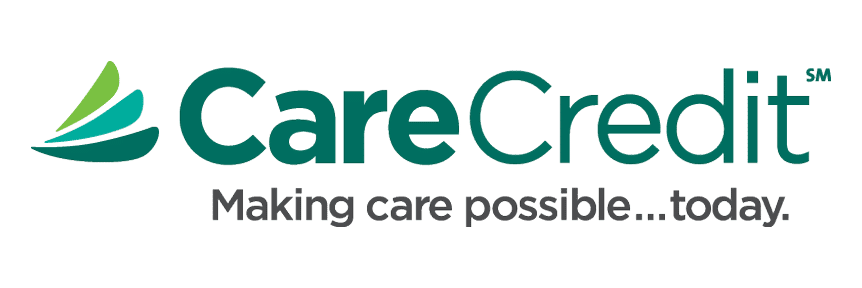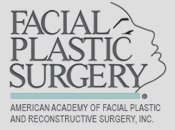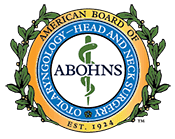Posted June 12, 2011 in Beauty, Blog, Plastic Surgery in the News, Uncategorized
“I thought I saw an eye doctor on an Alaskan island, but it turned out to be an optical Aleutian”
The take home message of the first annual Summit in Aesthetic Medicineat the St. Regis,Monarch Beach was that cosmetic patients deserve natural, un-operated upon rejuvenating aesthetic results, independent of whether surgical or non-invasive techniques are employed. My personal philosophy is offer our patients safe and clinically proven effective treatment plans that allow them to look their rested, healthy, natural best beginning with their least invasive options progressing to more aggressive choices as needed.
Beginning with the least invasive treatments, fillers and neuromodulators were discussed. Botox, Dysport, and Xeominwere compared. It appears that they are all excellent tools for facial wrinkles. Botox remains the most popular choice, likely because of physician and patient familiarity. Whether one works better than the other or lasts longer depends on the skill, experience, and “educated hands” of the individual injector. Xeomin is not yet FDA approved for cosmetic use in the US, but it is thought that it will soon it available.
Filler use to replace volume in the face included discussions about Juvederm, Restylane, Radiesse, Sculptra, Artefill, Silicone, and fat. Juvederm and Restylane remain the most popular hyaluronic acid fillers. Restylane is best around the peri-orbital (eye) area. Juvederm should not be used in this area as it to too hydrophillic (attracts too much water) resulting in excess persistant swelling. All fillers need to be injected with caution to avoid complications. Many physicians prefer hyaluronic acids because they can be dissolved with an enzyme (hyaluronidase). This may be necessary if either too much is injected creating an unacceptable aesthetic result, or more critically if there is an inadvertent injection of filler material into a blood vessel which could result in vascular compromise, occlusion, and potential tissue necrosis (loss of skin and muscle).
Extra care must be taken with Radiesse which cannot be dissolved. If too much Radiesse is injected next to a blood vessel, it can cause vascular compromise as well. Sculptra continues to be the up and coming “cosmetic new kid on the block” as it gains popularitynot only non-surgeons, but with plastic and facial plastic surgeons as well. Artefill and Silicone are permanent fillers. They can give very good long lasting results. The problem with permanent fillers is that they can also possibly lead to permanent problems. The majority of those in attendance agreed that they are more comfortable not using permanent fillers in the face, even if there is only a 1% chance of problems (we sleep better that way). If you decide to be injected with a permanent filler, make sure to choose an expert in the field (as you should with any aesthetic treatment).
Before his presentation on fat transfer, Val Lambros, MD, FACS (Laguna Beach, CA) shared his thoughts about why we are seeing so many”over-volumized” faces (watch any “Housewives of….” episode for numerous examples). Dr. Lambros emphasized that we “need to protect patients from themselves” while tongue in cheek suggesting, “These people may be aliens that use their hugh inflated lips and cheeks to recognize each other (surreptitiously).” He also described “Surgeon Dysmorphic Syndrome” which is “When the surgeon thinks that something looks so good that they make everyone look that way…(and/or) When someone is famous for doing something (or thinks they are), they do it on everyone”. Dr. Lambros’ also shared his “Facelift Serenity Prayer”, “Grant me the ability to change the things I can, The serenity to let go of the things that I can’t, And the wisdom to avoid overdoing the things I can change to fix the things I can’t.”
Most surgeons currently use fat transfer in conjunction with their facelifts, but use “off of the shelf” fillers if the patient is not going to the operating room. With the growing popularity of “stem cell” facelifts more surgeons are using fat transfer. Those using it are claiming more successful fat grafting. Stem cells, also referred to as “adipose derived regenerative cells” (ADRC) are thought to be the reason why over the years many fat transfer patients see improvement in their skin tone, texture, and scars. The downside to fat transfer is that it can be unpredictable, require multiple revisions, is very difficult to remove, and may grow with weight gain. We currently use fat transfer in our patients having face lift procedures.
The use of targeted ultrasound (Ulthera) is the only technology FDA approved to both lift and tighten the skin and muscles of the face, neck, and brow. Ultherapy has been used only for the past two years, those using it are finding very high patient satisfaction rates (90%) in properly selected candidates. A new ultrasound transducer will soon be available to safely treat the eyelids . Ulthera is a one time treatment that is thought to last 1 to 1.5 years. Pelleve` is a radiofrequency device that requires multiple treatments for moderate improvement. Both Ulthera and Pelleve`require no downtime, Ulthera is thought to invoke more discomfort (i.e. is more powerful). Current studies are being carried out on Ulthera treatment of saggy skin of the decollete, arms, elbows, and knees, as well as on cellulite. Unfortunately there currently is no truly effective treatment for cellulite (want to make a billion dollars?… come up with an effective cellulite treatment).
Cryolipolysis (CoolSculpting by Zeltiq) targeting unwanted fat bulges that are not responsive to diet and exercise (abdomen, love handles) is gaining acceptance as the current best non-invasive body shaping method to reduce unwanted fat. Low level light therapy (Zerona) was briefly discussed, the conclusion being that we should be “extremely” skeptical about claims (faculty were reminded to keep their presentations respect but frank). One of the original “study” physicians for Zerona personally shared with me that he does not use it, it did not work for his patients, and that he is having trouble just getting the company to remove the device from his office.

The areas of aesthetic medicine that are most ripe for future medical/surgical technology research and development are breast augmentation and rejuvenation (there has to be something better than putting plastic bags into women, perhaps stem cell fat), cellulite, minimally invasive facial rejuvenation, effective non-invasive skin reduction, melasma, and acne. Thankfully we have brilliant minds that continue to push the envelope in the pursuit of improving aesthetic medicine and surgery. Be well.
“No matter how much you push the envelope, it’ll still be stationary” (pun intended)
Dr Michael Persky and Dr. Sarmela Sunder are located in Encino, California and Beverly Hills, California but service all of Los Angeles and the San Fernando Valley. Including, Beverly Hills, Hollywood, Hancock Park, Brentwood, Santa Monica, Pacific Palisades, Malibu, Sherman Oaks, Studio City, Calabasas, Woodland Hills, Tarzana, Westlake, Thousand Oaks, Agoura Hills and more




